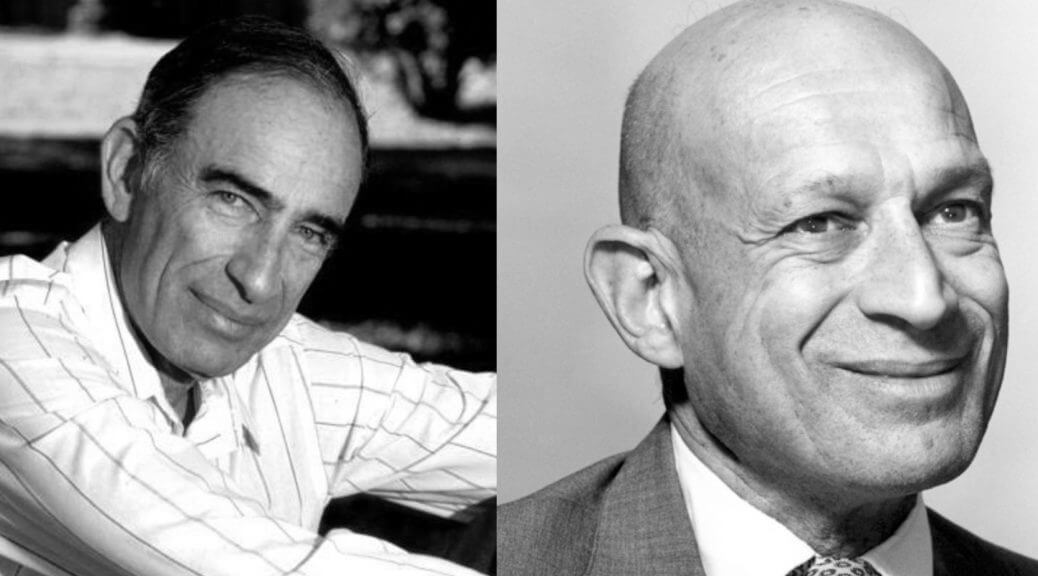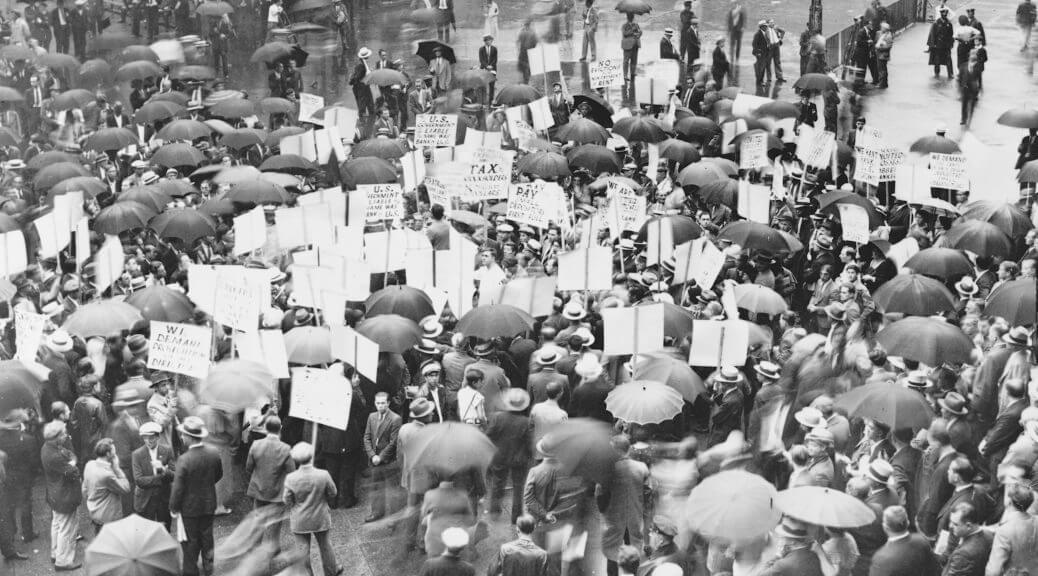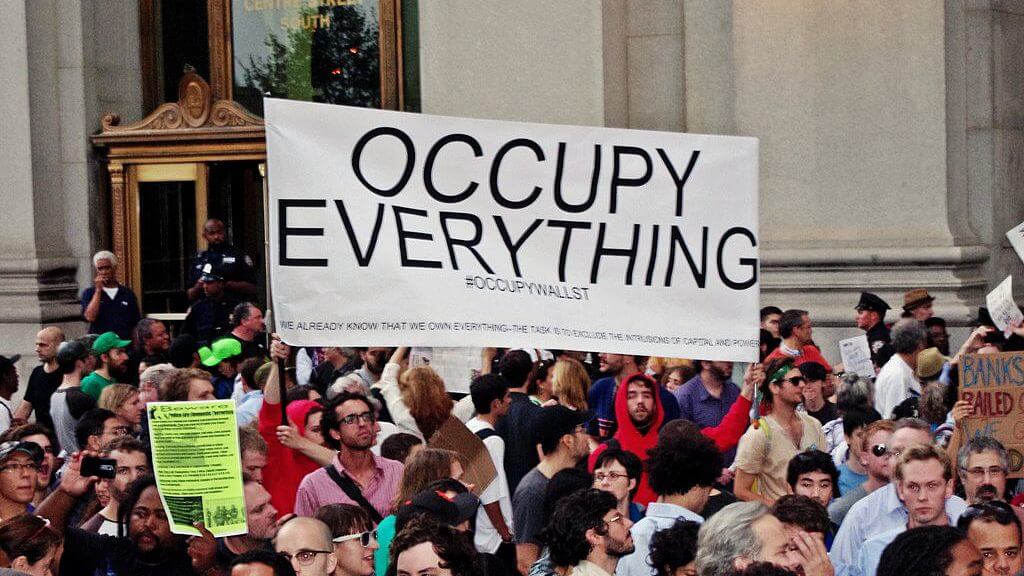What follows is an edited transcript of my conversation with Otto Lehto.
Petersen: You’re listening to Economics Detective Radio. My guest today is Otto Lehto of King’s College London. He is formerly the chair of Finland’s Basic Income Network. Otto, welcome to Economics Detective Radio.
Lehto: Oh it’s my pleasure to be here.
Petersen: So our topic for today is the basic income guarantee. Otto, you approach this idea from the perspective of political philosophy, so let’s start by discussing that. How about we start by talking about two of the major figures in political philosophy: John Rawls and Robert Nozick. What do each of them have to say about the welfare state and where do your views diverge from theirs?
Lehto: That is a good point to start indeed, although it is I think a bit lamentable that we have to start from those two figures because they have dominated the discussion so much during the last 50 years. In fact, it’s very hard to have a conversation outside the boundaries set by those two figures, but they’re both geniuses. They set the stage for the discussion, certainly in philosophy but also in public policy in many respects. Continue reading The Basic Income Guarantee, Freedom, and the Welfare State with Otto Lehto
Subscribe to Economics Detective Radio on iTunes, Android, or Stitcher.











